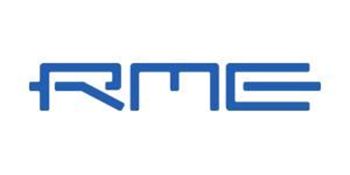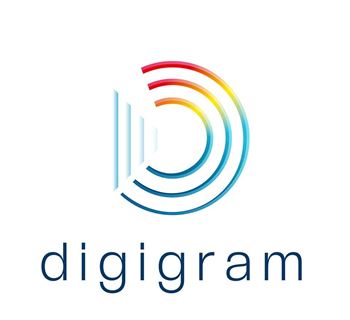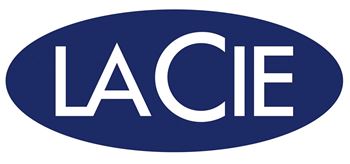VI Special Edition Volume 7
By Vienna Symphonic Library
Volume 7 of the popular VI Special Edition Series features 22 instruments with the most important articulations from Vienna Symphonic Library’s Collections Historic Winds I-III, Recorders, and Glass Instruments.
Whether you’re following an authentic performance practice or you’re just looking for new inspiring sound sources – VI Special Edition Vol. 7 offers beautiful rarities you will not find in other sample libraries or software instruments.
Instrumental Rarities
The traverse flute experienced its golden era in the Baroque period as a predecessor of the modern concert flute. The Baroque oboe covers the soprano range, whereas the oboe da caccia covers the alto register. The latter looks more like a hunting horn than an oboe, due to its curved tube and brass bell. The ophicleide is a conical-bore brass instrument that is today superseded by the saxophone and the tuba. The serpent is an ancestor of the contra bassoon and the tuba, covering the bass register of the zink (cornett) family of instruments. The Zink (or cornett) was a popular instrument of the Renaissance and Baroque periods, covering the soprano and sopranino register. The crumhorn produces the typically bright and “nasal” timbre that music of the Renaissance period is often associated with. The wooden recorders include soprano, alto, tenor and bass recorder. Natural trumpets were originally used as military instruments for acoustic signals. As they have no valves the instruments are characterized by their long tubing compared to modern trumpets. The same goes for the natural horn that has neither finger holes nor valves and can only produce natural tones according to the harmonic series. In order to play harmonic scales in differing keys, various tuning slides are used. The glass harmonica is a special gem that was invented in 1761. Hemispherical glass bowls rotate around a horizontal axis driven by a pedal. Sounds are produced by touching the rotating glasses with moistened fingertips. Today, the glass harmonica is an absolute rarity, with roughly ten professional players world-wide.
Upgrades
You may expand the VI Special Edition Vol. 7 with additional articulations by upgrading to the full libraries of Historic Winds I, Historic Winds II, Historic Winds III, Recorders, and Glass Instruments at favorable upgrade prices.
System Requirements
Minimum System Requirements
PC Windows 7/8/10 (latest update, 32/64-bit), Intel Core 2 Duo or AMD Athlon 64 X2
Mac OS X 10.10 (latest update) or higher, Intel Core 2 Duo
8 GB RAM (16 GB recommended)
VIENNA KEY (Vienna Symphonic Library USB protection device) or other USB eLicenser (e.g., from Steinberg or Arturia)
11.2 GB Hard drive space
Other configurations may work but are not actively supported.
Recommended
Windows 7/8/10 (latest update, 64-bit), Intel i5/i7/Xeon
Mac OS X 10.12 (or higher), Intel i5/i7/Xeon
16 GB RAM
SSD or fast separate hard drive (7200 rpm or faster)
AU/VST/AAX Native/RTAS compatible host (also works stand-alone)
RTAS version requires Pro Tools 7.3 or higher
AAX version requires Pro Tools 10.3.5 or higher
88 key master keyboard











